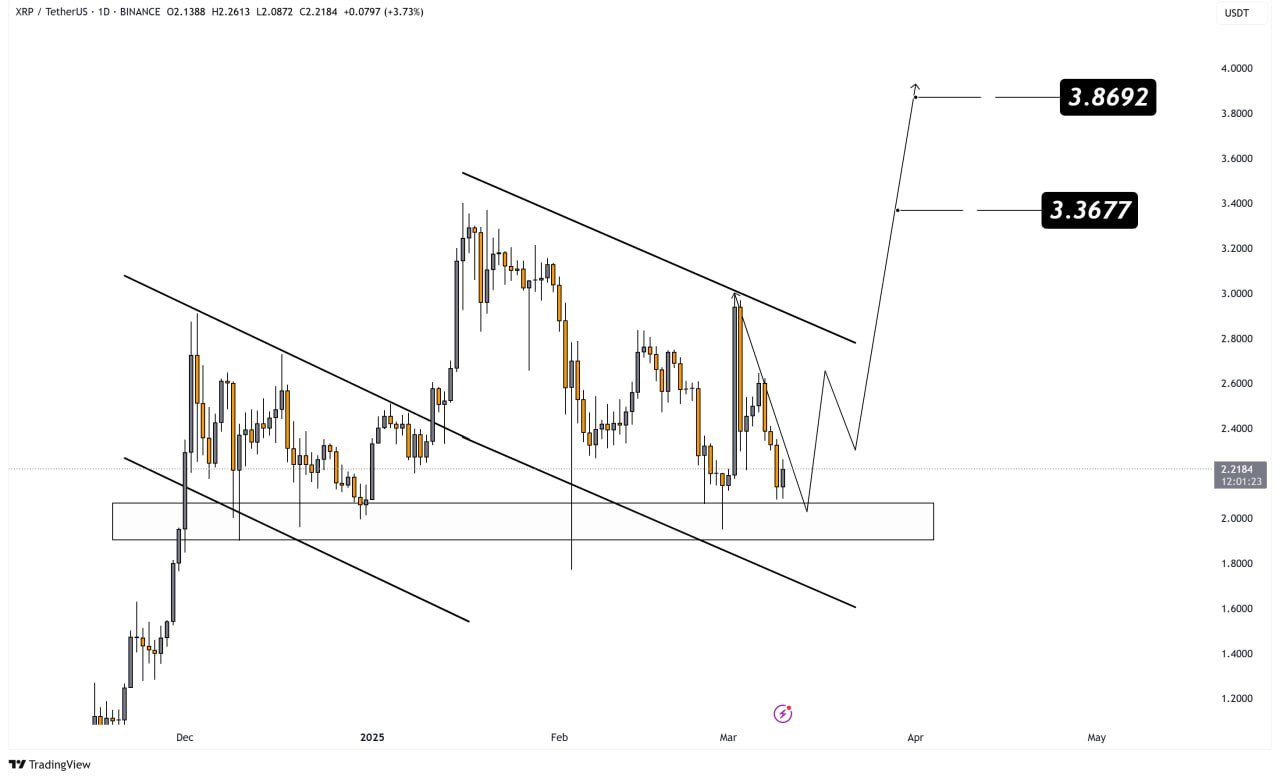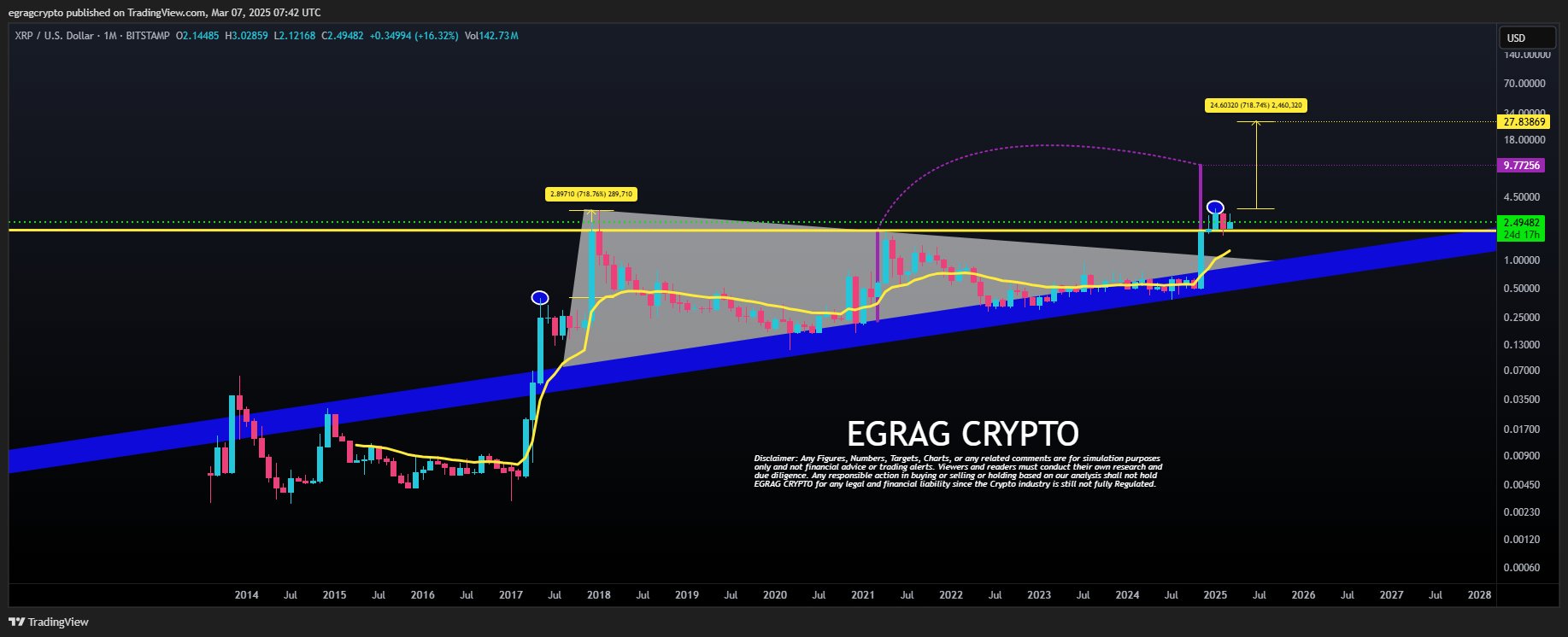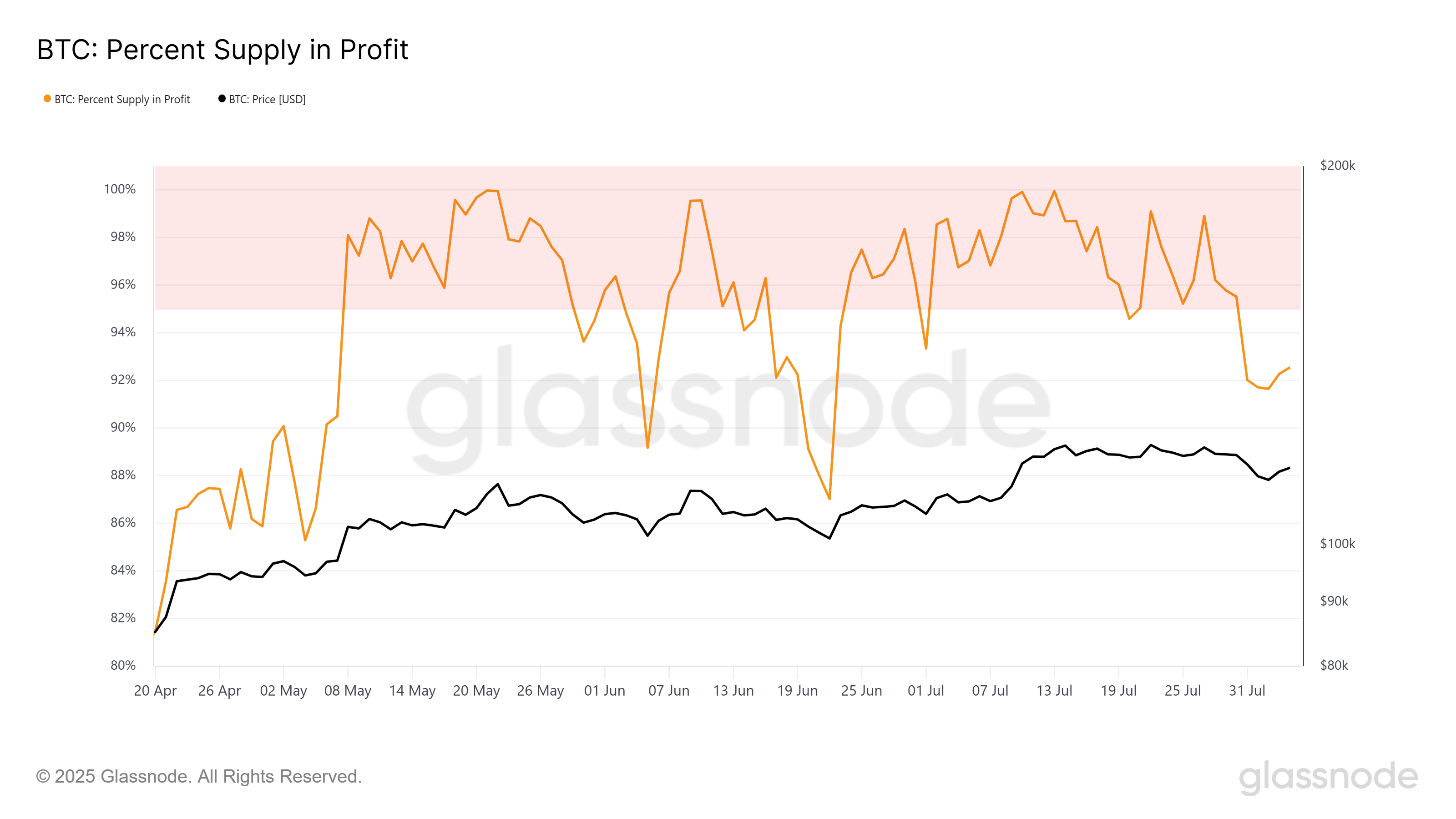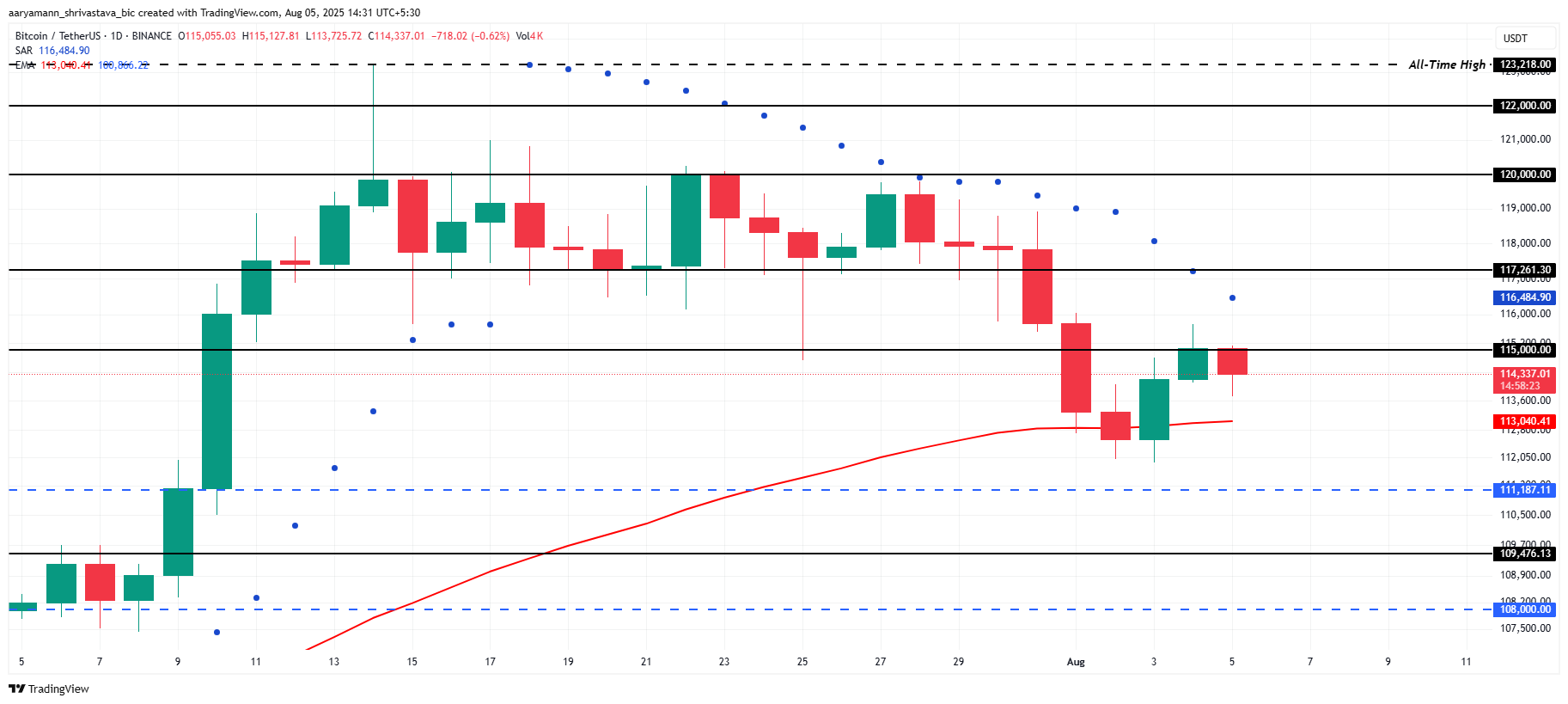
The post FTX Sold Cursor Stake for $200K – Now It’s Worth $500 Million appeared first on Coinpedia Fintech News
Crypto never sleeps, and neither do its billion-dollar blunders.
According to FT, AI code editor Cursor just closed a jaw-dropping $900 million funding round at a $9 billion valuation.
But while top VCs like Thrive Capital, a16z, and Accel are celebrating, there’s one name glaringly missing from the winners’ circle: FTX. Here’s why.
From $200K to $500M: What Went Wrong?
Back in 2022, Alameda Research – FTX’s sister trading firm – quietly invested $200,000 into Cursor’s seed round. Fast forward to today, and that stake could be worth an estimated $500 million.
Unfortunately for FTX creditors, the platform’s liquidators sold it off for the exact amount it was purchased at: $200,000. No markup.Just a clean exit… from half a billion dollars in potential recovery. Ouch, right?
Cursor’s Impressive Rise
Cursor, built by Anysphere Inc., is trying to redefine how developers write code. With a sleek split-screen interface and AI-powered chatbot, Cursor allows users to automate complex coding tasks using simple natural language prompts. It analyzes, breaks down tasks, fetches context from documentation, and applies real-time changes.
Its engine runs on models from OpenAI and Google, along with its own internal model, Cursor-Fast. And with over $200 million in annual recurring revenue, the momentum is great.
FTX’s Loss, Big Tech’s Gain?
This funding round wasn’t too hush-hush. Thrive Capital led the $900M investment, the same firm that backed OpenAI’s $6.6B round last year.
The buzz? OpenAI reportedly tried – and failed – to acquire Anysphere earlier this year. They’re now eyeing Windsurf (Exafunction Inc.) for up to $3 billion instead.
If we’re being real…
This seems like a major loss for FTX. Is there more than meets the eye? Guess we’ll know with time.
Never Miss a Beat in the Crypto World!
Stay ahead with breaking news, expert analysis, and real-time updates on the latest trends in Bitcoin, altcoins, DeFi, NFTs, and more.


 Just in: AI coding platform Cursor has raised $900 million in funding, reaching a $9 billion valuation.
Just in: AI coding platform Cursor has raised $900 million in funding, reaching a $9 billion valuation.  In 2022,
In 2022, 








